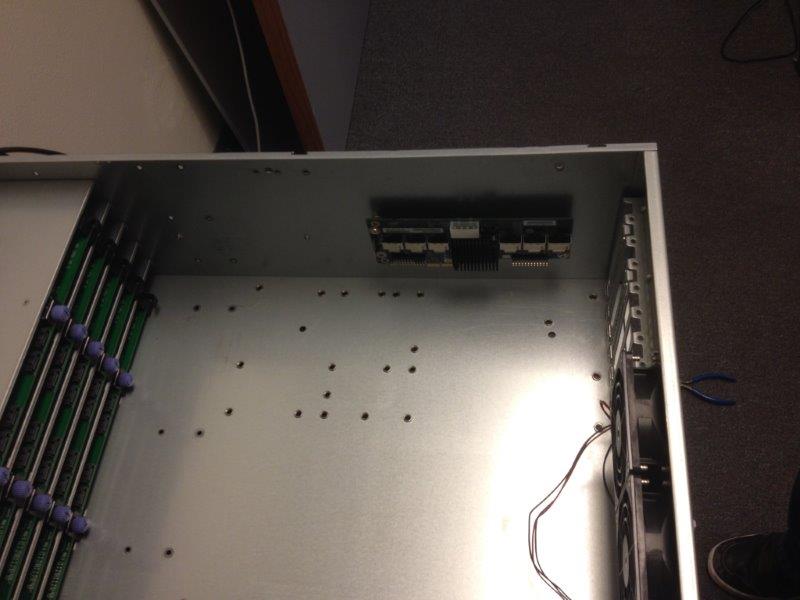This may be a dumb idea. . . but I've got a SAS Expander card (Intel) that can be powered via PCI-E slot or via molex power connector. I'm out of PCI-E slots and I don't have any backplane slots where it can just hang. So it's got to go in an old PCI slot (doh!).
Is it an incredibly stupid idea to just put electrical tape over the entire PCI-E connector and put it in the PCI slot (power will come from molex)? Will the card or the motherboard care?
(I can also mount it to a low profile bracket and just screw it down real tight. It will hang in mid-air with no support from the bottom of the bracket, but maybe that's safer?)
A new motherboard (with accompanying CPU and RAM) isn't an option currently.
Is it an incredibly stupid idea to just put electrical tape over the entire PCI-E connector and put it in the PCI slot (power will come from molex)? Will the card or the motherboard care?
(I can also mount it to a low profile bracket and just screw it down real tight. It will hang in mid-air with no support from the bottom of the bracket, but maybe that's safer?)
A new motherboard (with accompanying CPU and RAM) isn't an option currently.
![[H]ard|Forum](/styles/hardforum/xenforo/logo_dark.png)
